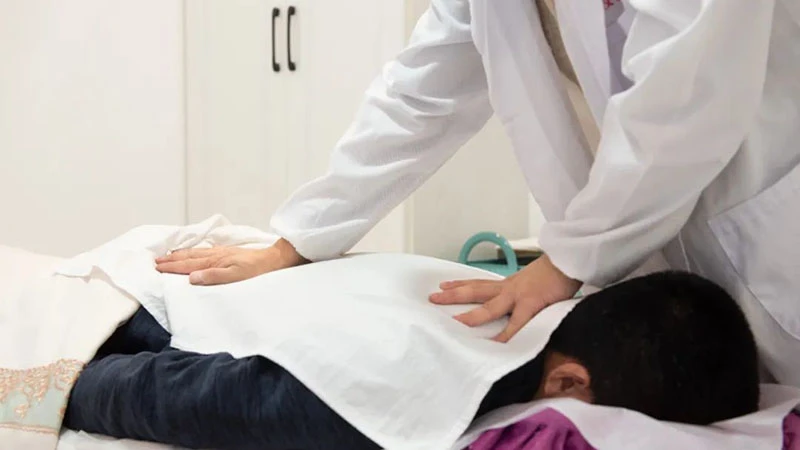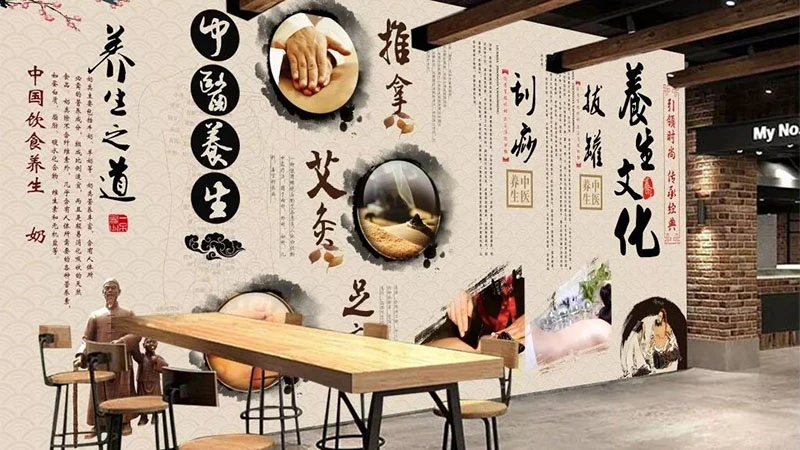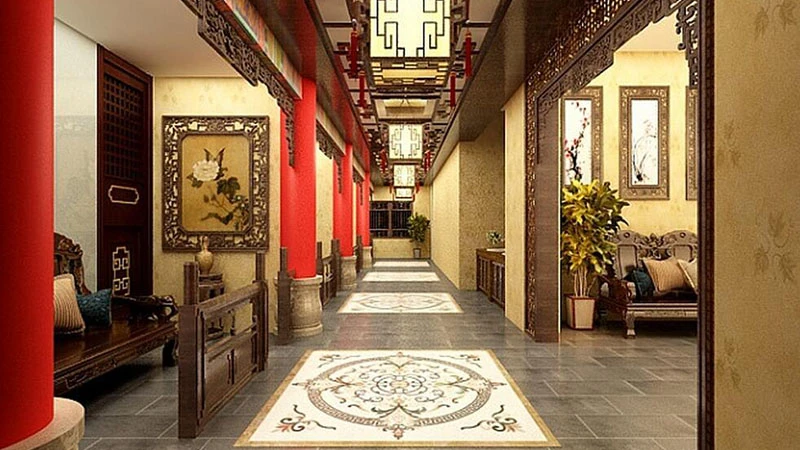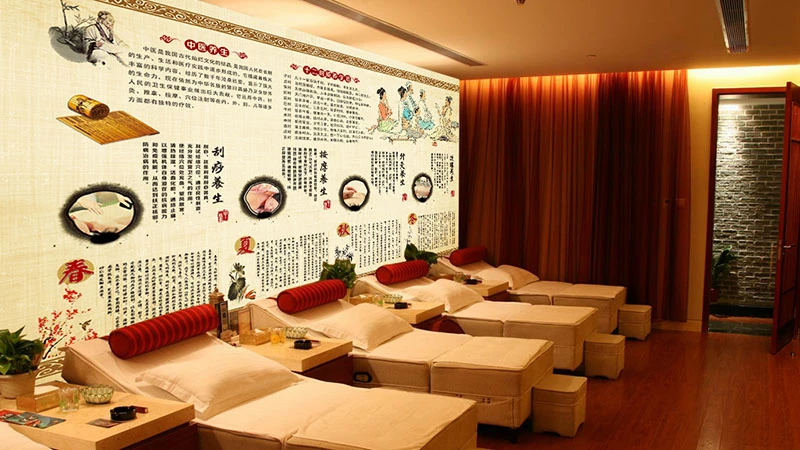In 2024, Chinese wellness centers offering traditional therapies like tuina (推拿), cupping, and moxibustion have flourished in cities across China. A new wave of health-conscious consumers, particularly among the younger generation, has sparked this surge. These wellness havens—ranging from opulent therapy lounges in office buildings to quaint neighborhood shops—are becoming as ubiquitous as pharmacies, catering to the modern urban lifestyle.

A Culture of Health and Relaxation
The modern wellness trend seems to have hit an all-time high, with new massage centers popping up almost everywhere. They’re nestled in residential areas, malls, and even hair salons, offering services that blend traditional Chinese healing methods with modern wellness practices. For young professionals, these centers serve not only as places to address physical ailments but also as spaces for social interaction and relaxation.
Take Liu Yun, for example, who frequently visits her local massage parlor for a post-work wind-down. “It’s so convenient,” she says. “I change into something comfortable after work and walk over. For 60 yuan an hour, I get a professional massage and moxibustion treatment. It’s great value for money.”
Her experience is not unique. Wellness centers like the one Liu frequents are spreading rapidly. In her community alone, there are more than ten such places within a two-kilometer radius, each with its own specialty—whether it’s ancient herbal techniques or modern therapeutic massage styles.
The rising popularity of health-centered activities has even started to replace other social engagements. Liu explains that she and her friends have traded their usual “hotpot meetups” for what they call “foot massage gatherings.” It’s a way to hang out and relax simultaneously, reflecting a broader shift in how young people choose to spend their leisure time.
Young Professionals Embrace Wellness
The appeal of these wellness centers isn’t limited to neighborhood dwellers like Liu. They’ve become a lifeline for young professionals like Wang Ting, who works long hours in a corporate office setting. His job, which involves sitting in front of a computer for extended periods, has left him dealing with constant neck, shoulder, and lower back pain. A few years ago, his friends introduced him to a nearby massage center, and he hasn’t looked back since.
“After that first massage session, I realized there’s no going back. The relief was incredible,” Wang says. Although the massage itself could be quite intense, the lasting sense of relief made it well worth the effort. “Now I visit every two weeks,” he adds. “The cost is about 100 yuan per session, which is quite affordable considering the benefits.”
Wang is just one of many young urbanites flocking to these wellness spaces. One popular chain has multiple locations around the city, strategically placed near bustling commercial districts and large residential areas. The demand is particularly high after work and during lunch breaks, as stressed-out employees and students look for quick ways to unwind and recharge.
The chain has even introduced a "Youth Massage" package, priced at 99 yuan, which has been a hit with younger clients. “Eighty percent of our customers are under 35,” says one of the store managers. “They come in for quick treatments to alleviate work-related stress.”
The Expansion into Beauty Salons
Surprisingly, the wellness craze isn’t confined to traditional massage parlors. It’s even making its way into beauty salons, where customers are offered specialized treatments like head and neck massages alongside their regular haircuts. At one local salon, the "Chinese Herbal Hair Care" package is a customer favorite. For 60 yuan, clients enjoy a one-hour head massage with ginger-infused oils followed by a wash with tea seed extract, offering both relaxation and hair nourishment. Zhang, a regular at the salon, considers it an essential part of her weekly self-care routine.



